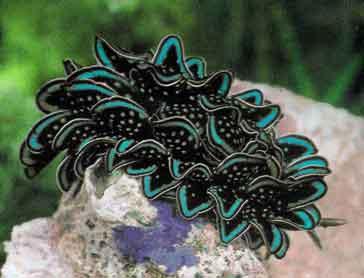Last night's astronomy lecture was delivered by the King of the Acronym, Quentin Parker. This excitable fellow is based at the Anglo-Australian Observatory (AAO) and uses the UK Schmidt Telescope (UKST) at Coonabarrabran to look at planetary nebulae (PNe). He talked us through MASH, SHS, 2MASS, 2dF and 6dF sky surveys, not to mention the rave review he gave to SuperCOSMOS (I can't even remember what that is an acronym for -- he spoke too fast for me to write it all down! Something about coordinates, size, shape, mass and objects, I recall, but I can't remember what the other O stood for).
Planetary nebulae are his bag. It was the 18th-century English astronomer William Herschel who gave PNe their name, because through the telescopes of the time these pretty objects appeared similar to the flat, luminous disks of the planets in our solar system. With better optics and understanding, we now realise that a PN is actually a stage in the life cycle of a star similar to our own sun: in fact, our solar system will one day have its own pretty PN when the sun, nearing the end of its hydrogen-burning phase, blows up into a big ol' red giant then puffs off its outer layers and shrinks down to a white dwarf.
The problem with PNe is that there just isn't enough stuff in them. When an astronomer looks at a PN and the white dwarf star at its centre, and adds up all the mass she can see, she ends up with just a fraction of the original mass of the star, which must be in a range around the size of our sun (otherwise you would get a supernova rather than a PN). This results in the MMM: missing mass mystery. Fortunately, the King of the Acronym has been using the UKST to MASH the SHS with SuperCOSMOS and discover the answer to the MMM in PNe. And you can see the pictures here.
Friday, September 22, 2006
Subscribe to:
Post Comments (Atom)

No comments:
Post a Comment